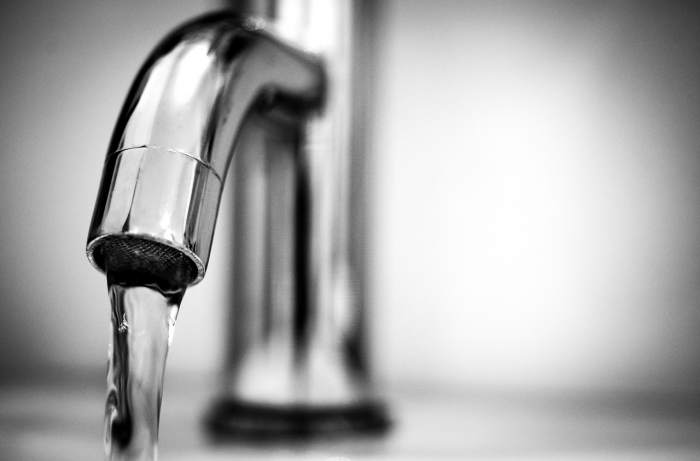
Image: skitterphoto
Western Australia’s Water Corporation is using solar power to provide energy for pumping bore water to the town of Exmouth.
Exmouth is a resort town located 1,270 kilometres north of the Perth. Originally established to erve the nearby naval communications station, fishing and tourism are now important industries providing revenue for the community.
Increasing tourist numbers have been putting pressure on water supply, which is provided from borefields located to the west and south of Exmouth. To help address this, WA’s Water Corporation recently completed work to upgrade Exmouth’s southern borefield with solar panels to power pumping from ten bores to a five million litre water storage tank.
The project will also enable another 10 bores to be added. Combined with the solar powered pumps, this will increase water supply by an additional 500,000 litres each day.
“This is a great way to take advantage of our abundant sunshine and use renewable energy to reduce the operating costs of supplying water to the town,” said WA Water Minister Dave Kelly.
Mr. Kelly stated the solar panels will generate around 144,000 kilowatt hours of electricity annually.
Residents of Exmouth and the surrounding area have also been taking an interest in solar power. Households and business in the 6707 postcode (population: 2,713, source: ABS) have installed 129 small-scale (< 100kW) solar power systems; with a collective capacity of 1.8MW.
The Exmouth project isn’t the first application of solar powered pumping used by Water Corporation. Back in 2003, the Corporation installed solar panels at the Cane Borefield near Onslow. Last year, a 12-month trial using hybrid solar-diesel power began to deliver drinking water from a borefield to Broome. The system is able to pump up to 1.5 million litres of water per day.
The results of the trial should be known soon. If it has been deemed a success, similar solar-hybrid systems may be rolled out to other remote WA communities to reduce the costs and emissions associated with pumping water.
Another way solar power is being used in connection with the delivery of water in Western Australia is in relation to the Southern Seawater Desalination Plant, which is capable of producing up to 100 billion litres of potable water a day. The entire electricity output of the Mumbida Wind Farm and Greenough River Solar Farm near Geraldton has been purchased to help offset the plant’s energy usage.
According to Water Corporation, almost half of Perth’s water needs are supplied by desalination.

 RSS - Posts
RSS - Posts



Speak Your Mind